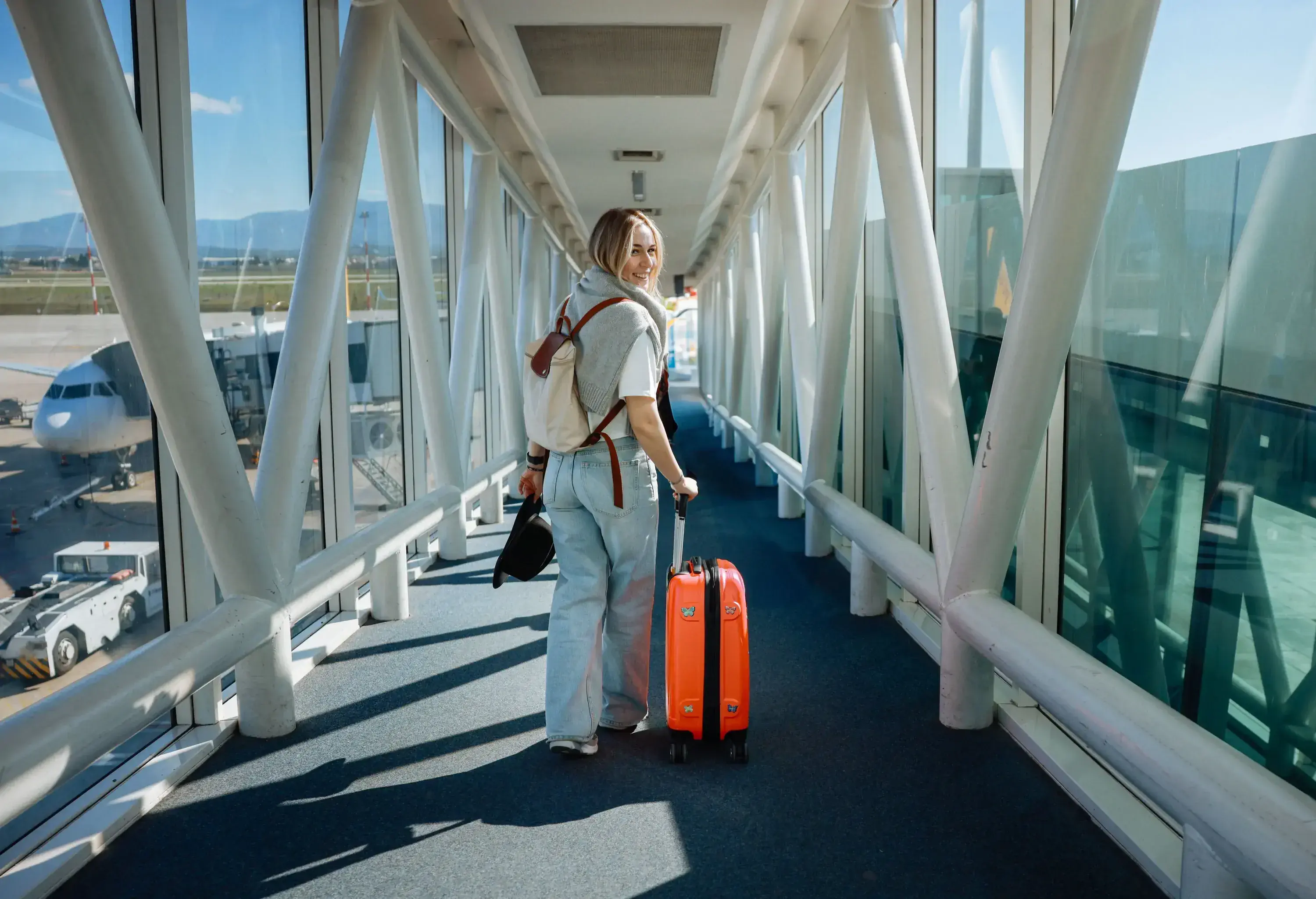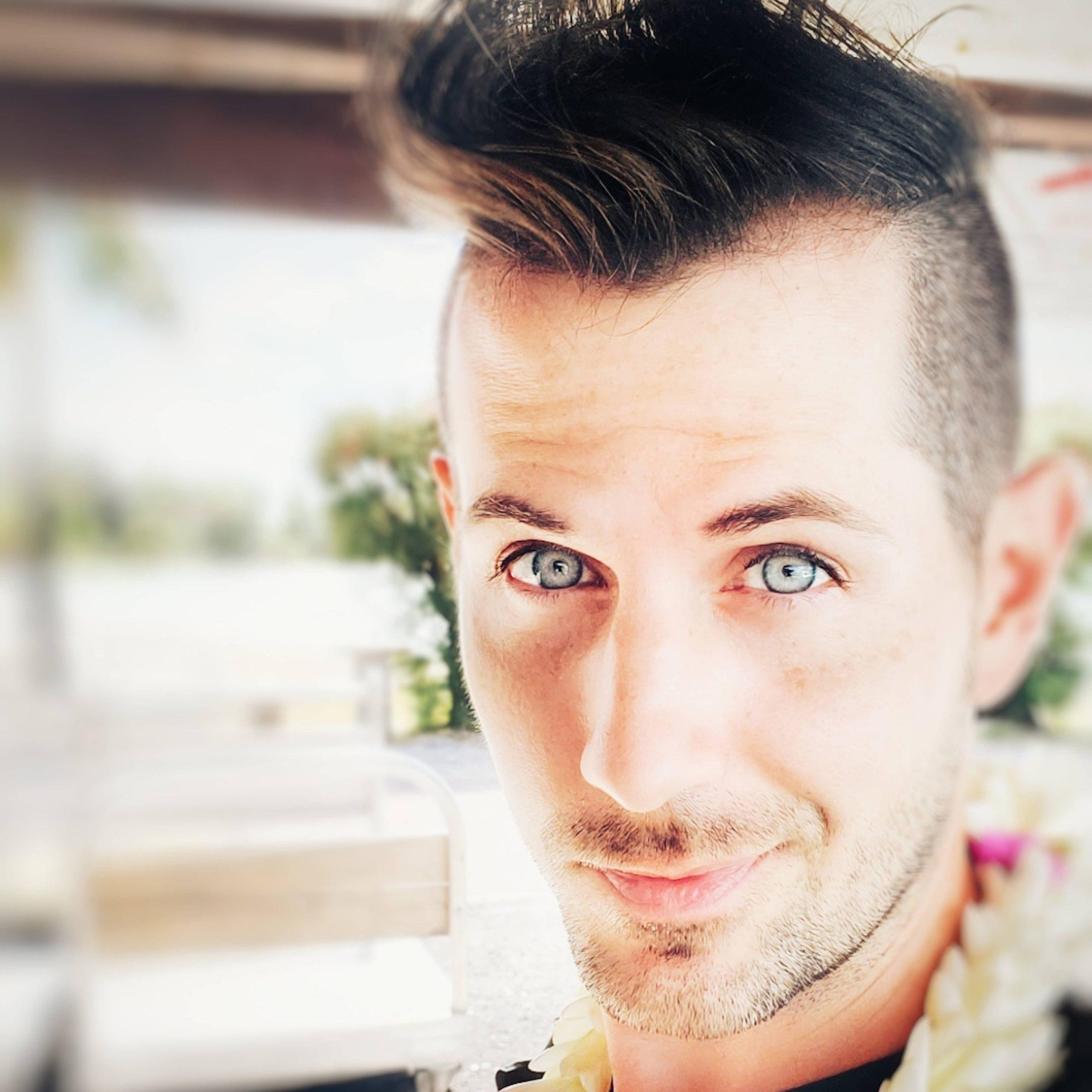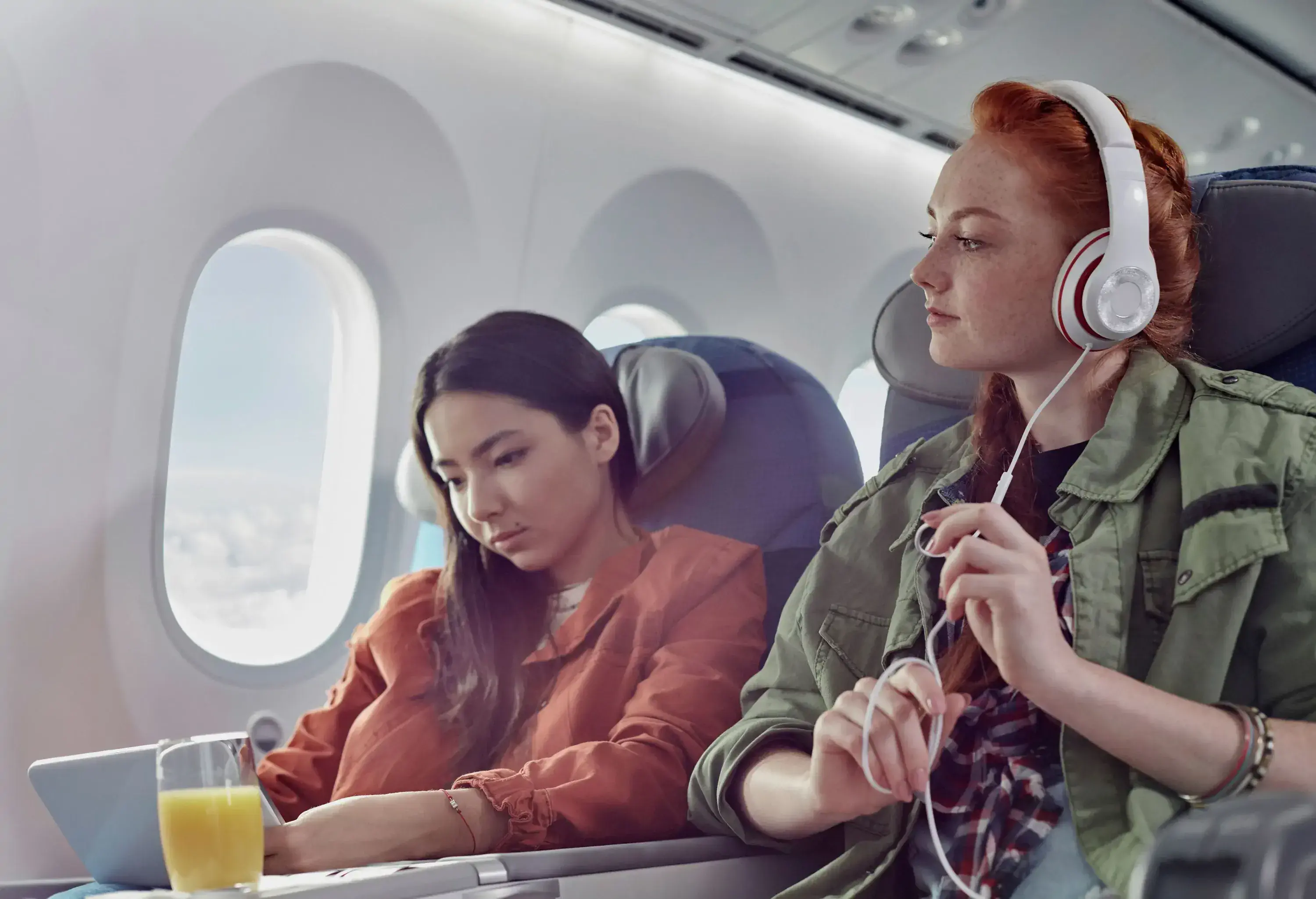Connecting flights don’t have to be stressful. They can also be a chance to stretch your legs or explore a new city between destinations. Sometimes we even book them on purpose. This guide is here to help you understand the process and share expert tips to make the most of your next connection.
Connecting flights explained.
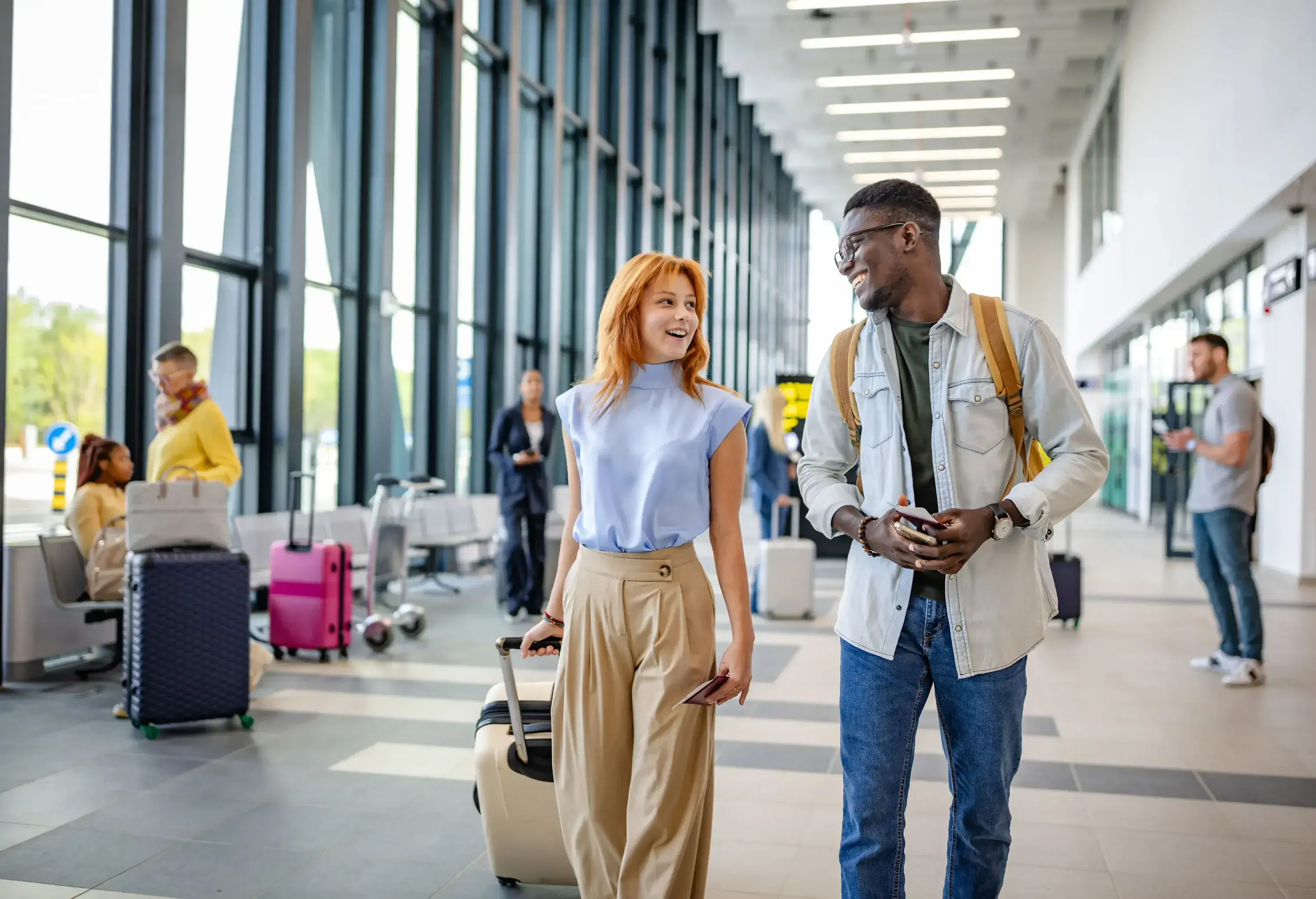
A connecting flight occurs when you fly two or more planes before reaching your final destination. A flight itinerary may have any number of connecting flights and a journey with no connections is known as a nonstop itinerary.
When you book connecting flights on a single ticket, you’ll typically receive all your boarding passes from the check-in agent at your point of origin. All you need to do is follow signs for connections or transfers at each connecting airport and obey any posted instructions along the way.
Here are the main differences between nonstop, connecting and multi-city flights:
Layover vs. connecting flight.
Here’s a quick guide to common flight terms you should know:
- Layover: The time you spend in an airport waiting for a connecting flight.
- Connection: Switching planes to continue your journey.
- Stopover: A long layover (24+ hours), enough time to leave the airport and explore.
Types of connecting flights.
Not all connecting flights are the same. On protected connections, your flights are booked together and the airline handles transfers. Meanwhile, self-transfer connections require you to manage each leg separately.
Booking a connecting flight on KAYAK.
When searching routes between any destinations on KAYAK, you’ll automatically receive results that include connections. To adjust your results to include fewer connecting flights or none at all, select your desired number of connections under the Stops filter on the left.
Each result will display the number of stops included and will alert you if the connections will stretch your itinerary through to another calendar date from your departure. I sometimes seek connections to drive down fares or break up longer flight paths when I have the time to spare.
Once you’ve booked and are prepping for your getaway, you may want to check KAYAK’s tips for flying and suggestions for things to do on a plane to keep the experience as smooth as possible. And if you decide not to schedule any connections into your itinerary, you may also benefit from KAYAK’s guide to surviving a long-haul flight.
Baggage on connecting flights.
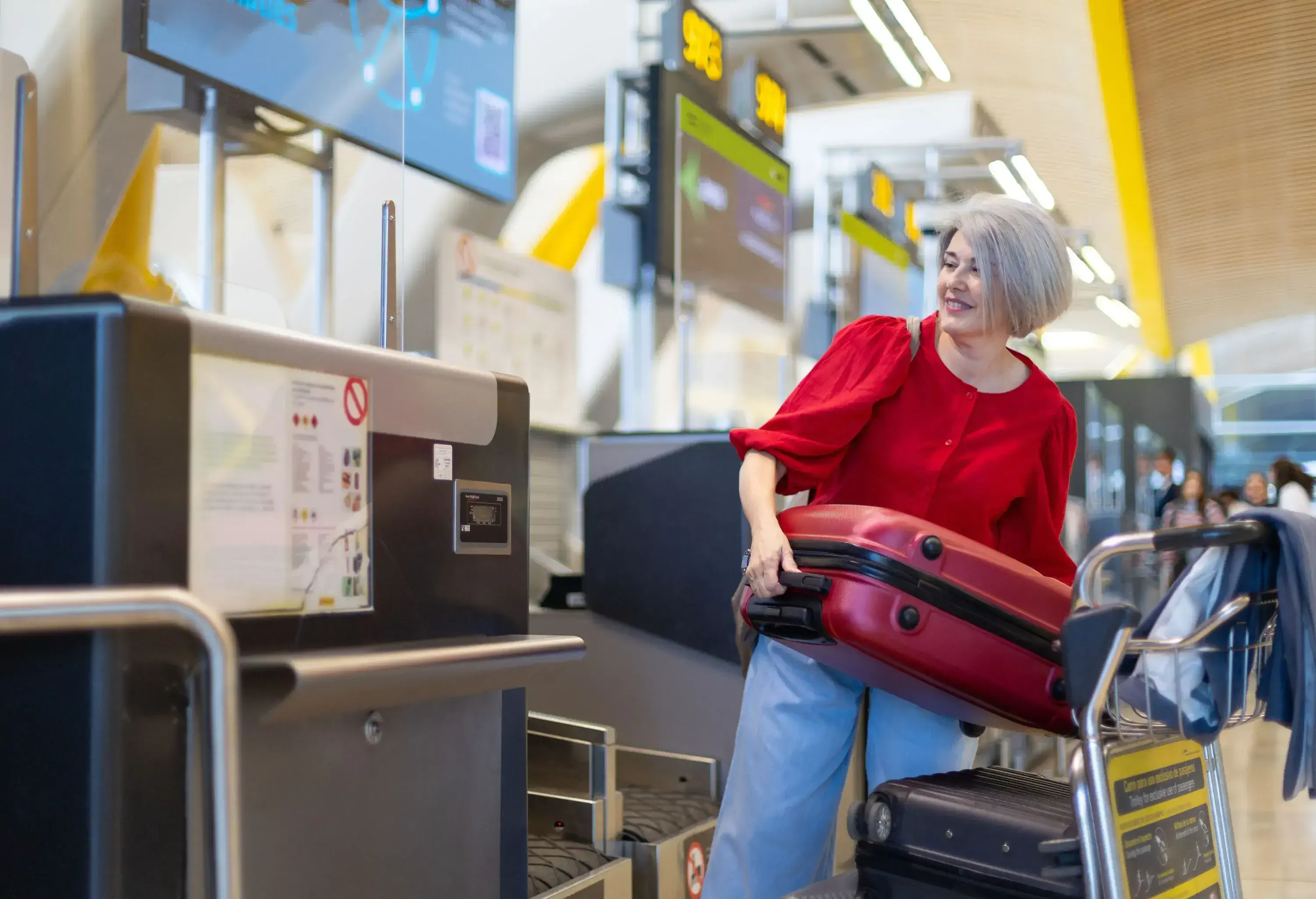
Dealing with checked baggage will vary depending on your destination and ticket type:
- On a single ticket: Your baggage will almost always be checked through to your destination.
- Exception: Depending on your connecting country’s laws (e.g. upon entering the US and Canada), you may need to retrieve the bag during your layover and re-check it before heading onward.
- Separate tickets: You will need to claim your luggage and check it with your new airline during your connection.
Need a refresher on whether to check your bag or bring it onboard? Review our carry-on luggage guide.
Transit visas: What to know.
When you’re connecting through another country, you might need a transit visa. In this case, transit visas are required even if you don’t leave the airport. The rules depend on your nationality and the country you’re passing through, so be sure to check before you book.
For a full breakdown, see our comprehensive visa and passport guide.
Missing a connecting flight.
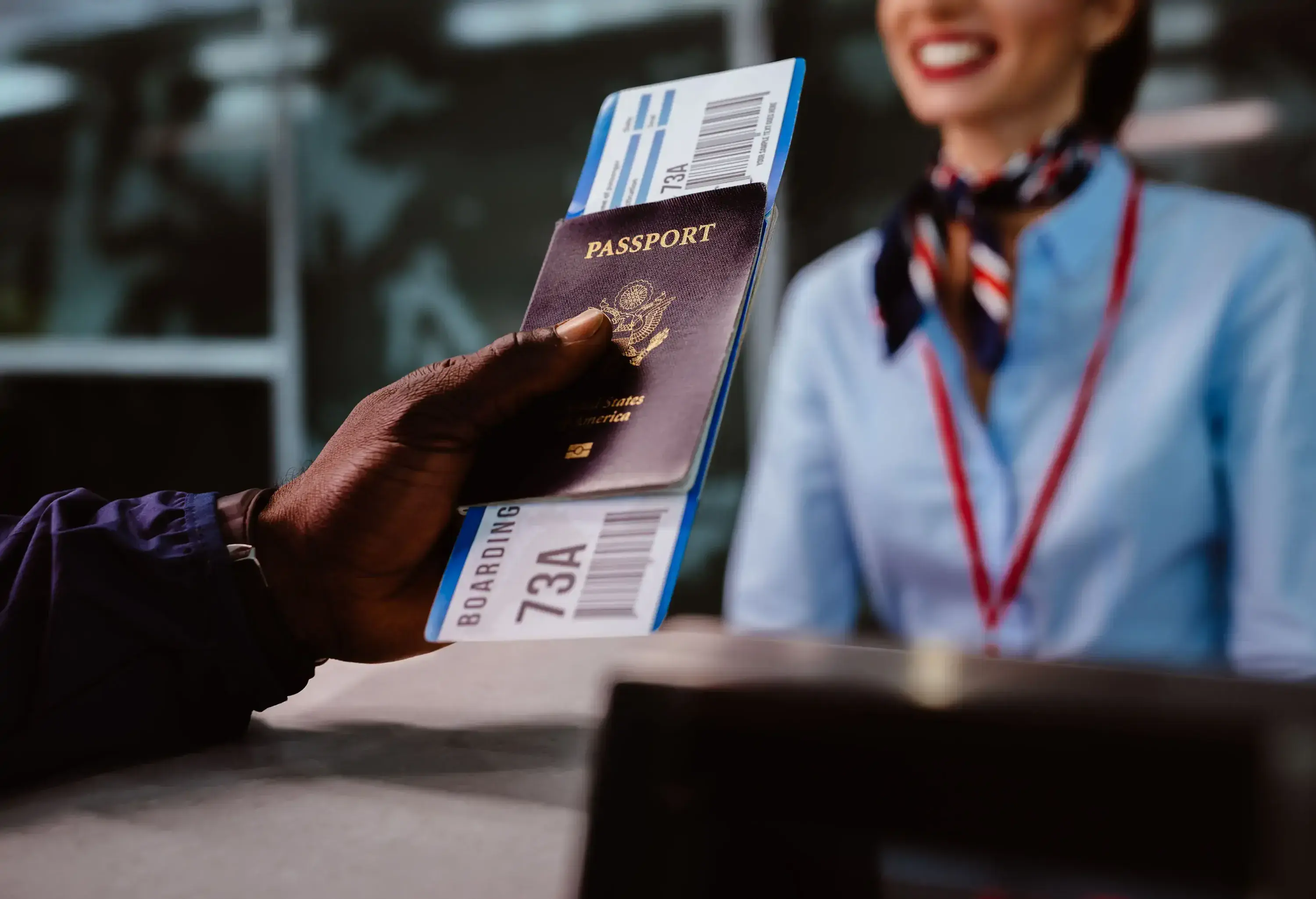
Missing a connecting flight is often nothing to worry about. Most missed connections are due to delays of some nature, and your airline will rebook you on the next available flight on the same airline or a partner.
If you miss your connection, no need to panic. Take a breath and follow these steps:
- Go straight to the gate or airline desk. Explain your situation. Staff are used to handling missed connections.
- Ask about rebooking. Request the next available flight to your destination.
- Check your luggage. Find out if it’s been forwarded, or if you need to collect and recheck it.
- Confirm onward flights. Make sure any subsequent connections or plans are adjusted before leaving the airport.
Note: If you’ve booked on separate airlines with separate tickets, the missed connection is on you, and you will likely need to pay for a new onward flight.
Tips for smooth connections.
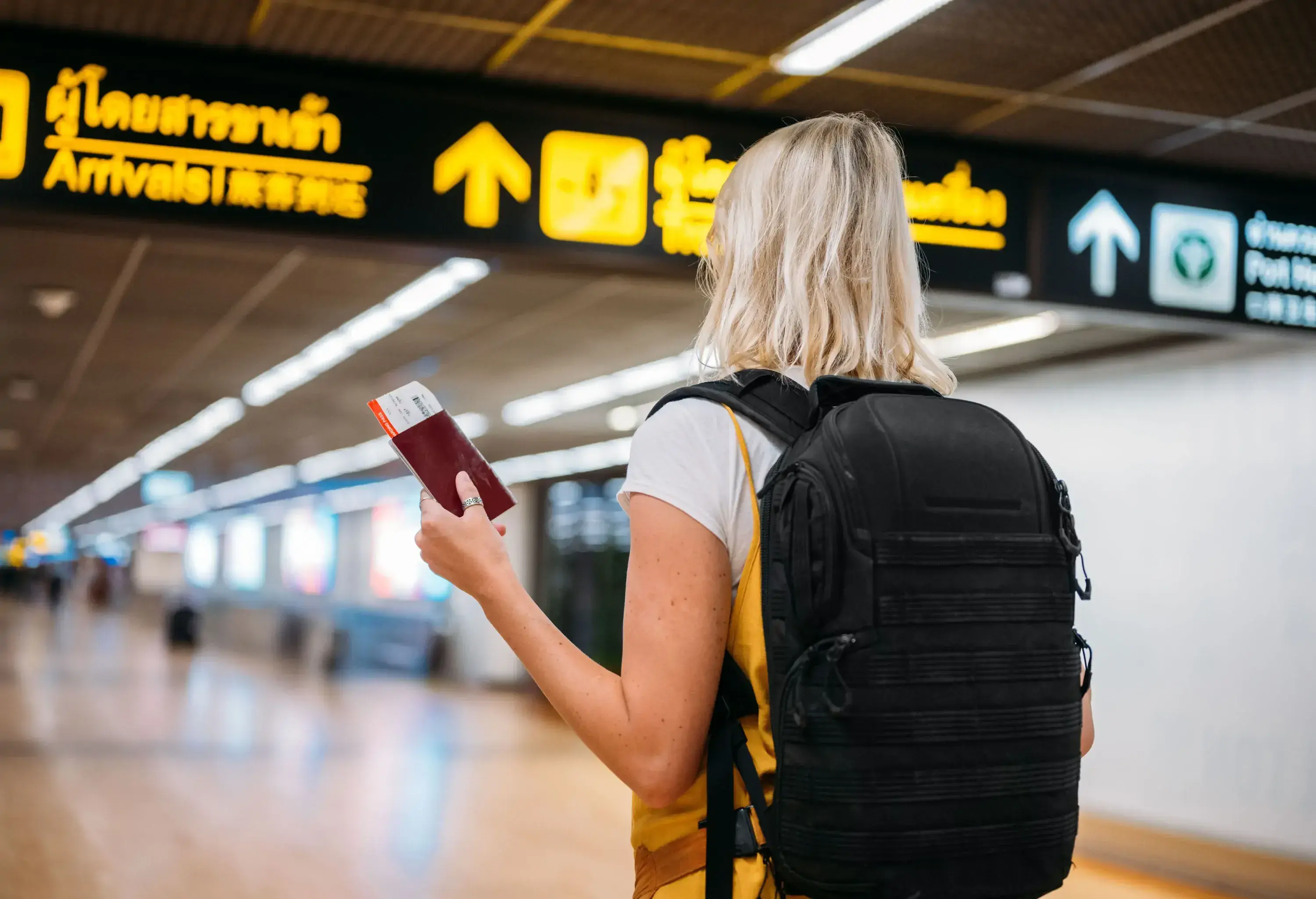
Catching a connecting flight can be challenging in some cases, but with these tips, you will come prepared.
Leave enough time in between flights.
When scheduling a connecting flight, leave enough time to comfortably travel between gates at your connecting airport. Even domestic connections that don’t require any additional screening can take time, depending on the size of the airport or the length of time it takes to deplane from your first flight.
Go to your gate first, then explore the airport.
Even if you have lounge access, have some shopping to do, or want to grab a meal at an airport restaurant before heading onward, find your gate first.
Some airports are enormous, so it’s best to know exactly how long it will take you to reach your new gate, at your speed, before making any diversions. If you miss a reasonable connection because you misjudged your free time, airlines may be less likely to rebook you at their own cost.
Once you’ve confirmed you’re in the right place, you can relax without risking a missed connection.
Speak to an agent if delayed.
If a delay has caused you to arrive late from your first flight and you’re afraid you won’t reach your new gate in time, speak to the gate agent immediately when exiting the first aircraft.
On domestic itineraries, they can inform the new gate that you’re on your way. If you still need to pass through border control or customs first, they’ll advise if you need to rebook now or if you may still make it.
Use airline apps to track gates.
Airline apps are the best way to stay on top of your connection. They show real-time gate updates, delays and boarding times, so you won’t have to rely on airport monitors alone. Download the app before your trip and enable notifications to get the most up-to-date information right at your fingertips.
Benefits of connecting flights.
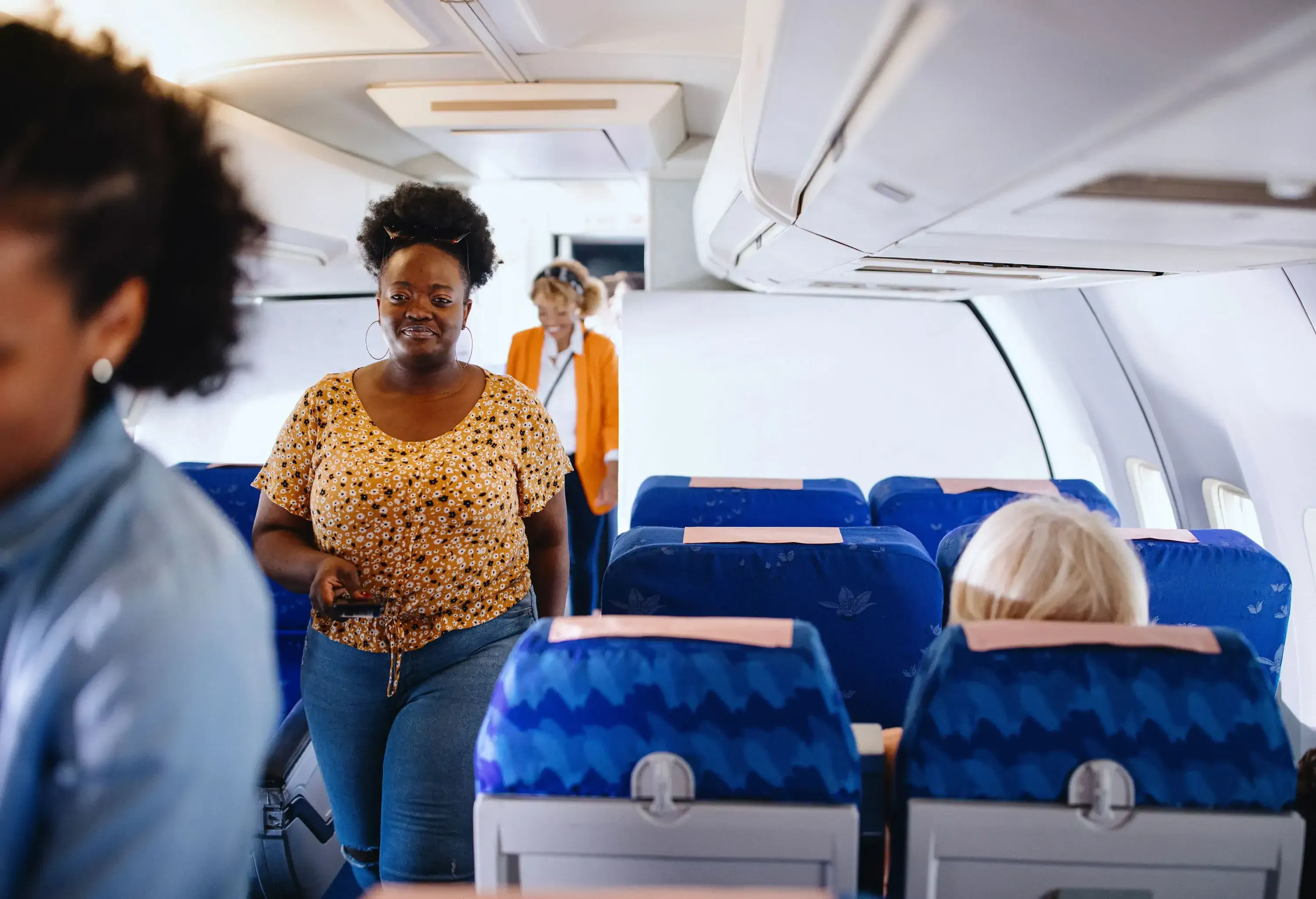
Connections aren’t just a hassle. They can actually be a smart choice. Here are some of my favorite reasons to choose connecting flights over flying direct:
- Cheaper than nonstop flights, which means I can afford to travel more.
- Allow you to travel to destinations when direct flights aren’t available.
- Turn into mini-trips if you have a long layover, so I can make my itinerary more interesting.
If you require special assistance.
If you need mobility or accessibility support, request help as early as possible. Ideally, do this when booking your ticket.
Airlines will provide staff to assist you through connections, from getting to your gate to boarding and collecting luggage.
In the U.S., the Air Carrier Access Act (ACAA) protects your rights so you can receive the assistance you need for a smoother travel experience.
Connecting flight FAQ

You can book connecting flights with different airlines by purchasing each leg separately. Make sure to allow plenty of time between flights, check baggage rules and confirm terminals. Consider travel insurance in case of delays, as airlines won’t rebook missed connections on separate tickets.
In most cases, luggage is checked through to your final destination and you won’t need to clear customs on your connection. Some countries, like the United States, are exceptions. The check-in agent will advise you on your specific itinerary when dropping your bag at your first airport.
Domestic connections rarely require additional security clearance, unless you are required to exit the secure area of the airport to reach your second departure terminal. Most international connections will require a transitional security clearance to ensure you are complying with local laws.
This varies by airline, destination, and circumstance. If you do miss a connection, immediately seek an airline representative to find out if your bag has gone on ahead of you and will be waiting for you at your destination, or if you need to retrieve and re-check it.
If you are traveling on a single ticket and you missed your flight due to a delay, your airline will generally rebook you at no cost. This may happen automatically, or you may need to seek an agent during the connection. If you are traveling on separate tickets, or the missed connection was your mistake, you’ll likely have to pay to rebook.
Connecting flights are often cheaper because airlines can fill more seats by combining routes through hub airports. They also allow carriers to compete on popular segments and use smaller planes for less-traveled legs, which lowers operating costs. Travelers benefit from these savings compared to direct, nonstop flights.
Allow at least 1-2 hours for domestic connections and 2-3 hours for international ones, depending on the airport size and whether you need to go through security or customs. Bigger airports or self-transfer flights may require more time to ensure you don’t miss your next flight.

